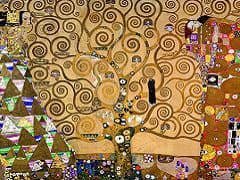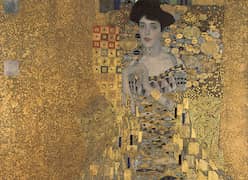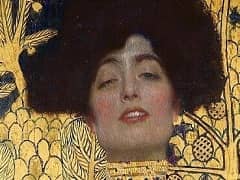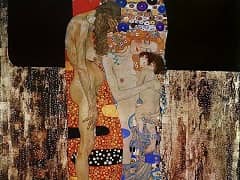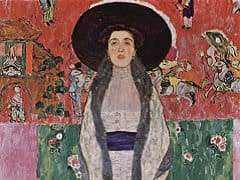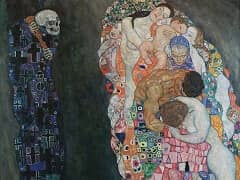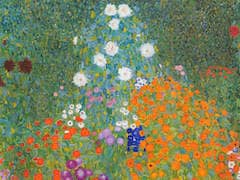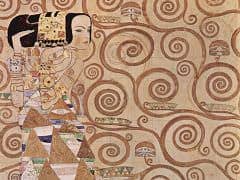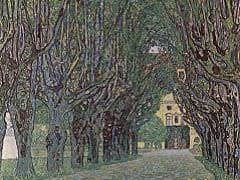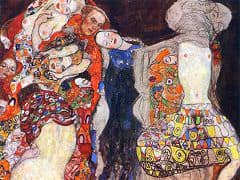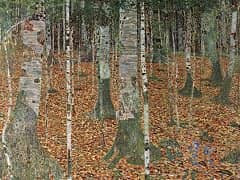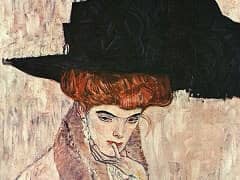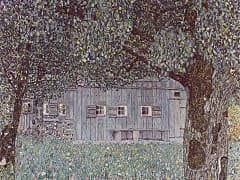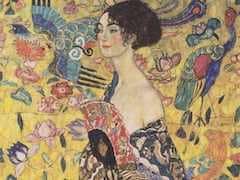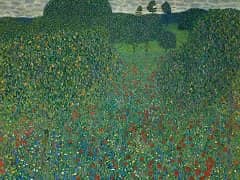Portrait of Mada Primavesi, 1912 by Gustav Klimt
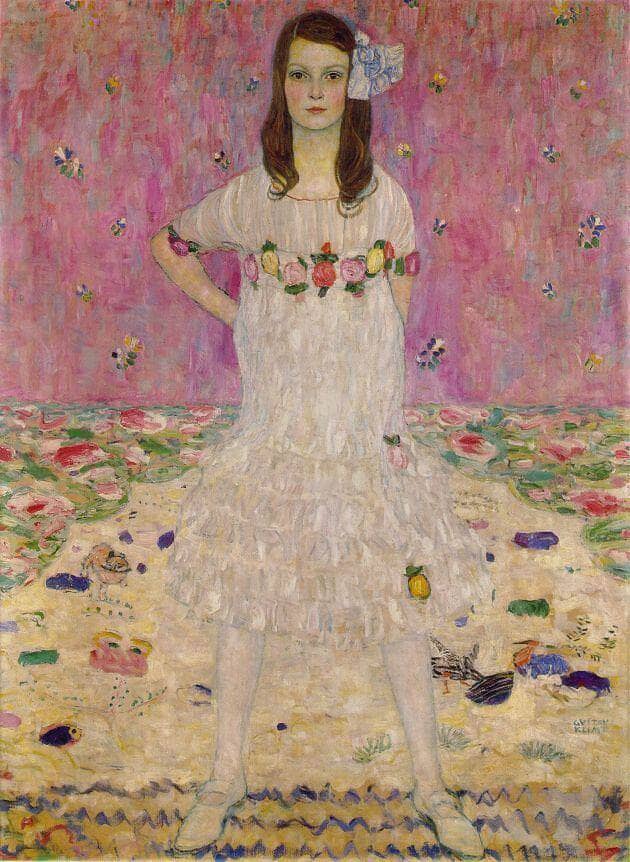
Mada Primavesi was the daughter of Otto Primavesi, who succeeded Fritz Waerndorfer as financier to the Vienna Workshop in 1914. Primavesi was a keen patron and supporter of art. During the First World
War he regularly invited artists, including Klimt, to stay at his country house.
As early as 1912, Otto commissioned Klimt to paint his young daughter, Mada. Klimt also painted Primavesi's wife, Eugenia, between 1913 and 1914. Klimt had run out of enthusiasm for the heavily
ornamented gold portraits of the years 1907 to 1909 and had turned for inspiration to his collection of Japanese prints and art books. Rather than filling the entire picture surface with pattern, he
allowed the background to show through much more, enlivening it with motifs here and there. The blossom in Mada's hair and the birds, fish and butterflies in the rug's design all owe much to the Orient.
Also noteworthy in this portrait is the abandonment of the asymmetrical, diagonally based portrait (see Portrait of Sonja Knips, Portrait of Fritza Riedler,
and Portrait of Adele Bloch-Bauer I). Klimt has returned to the vertical format and symmetry of his earlier works, such as the Portrait of Serena Lederer.


